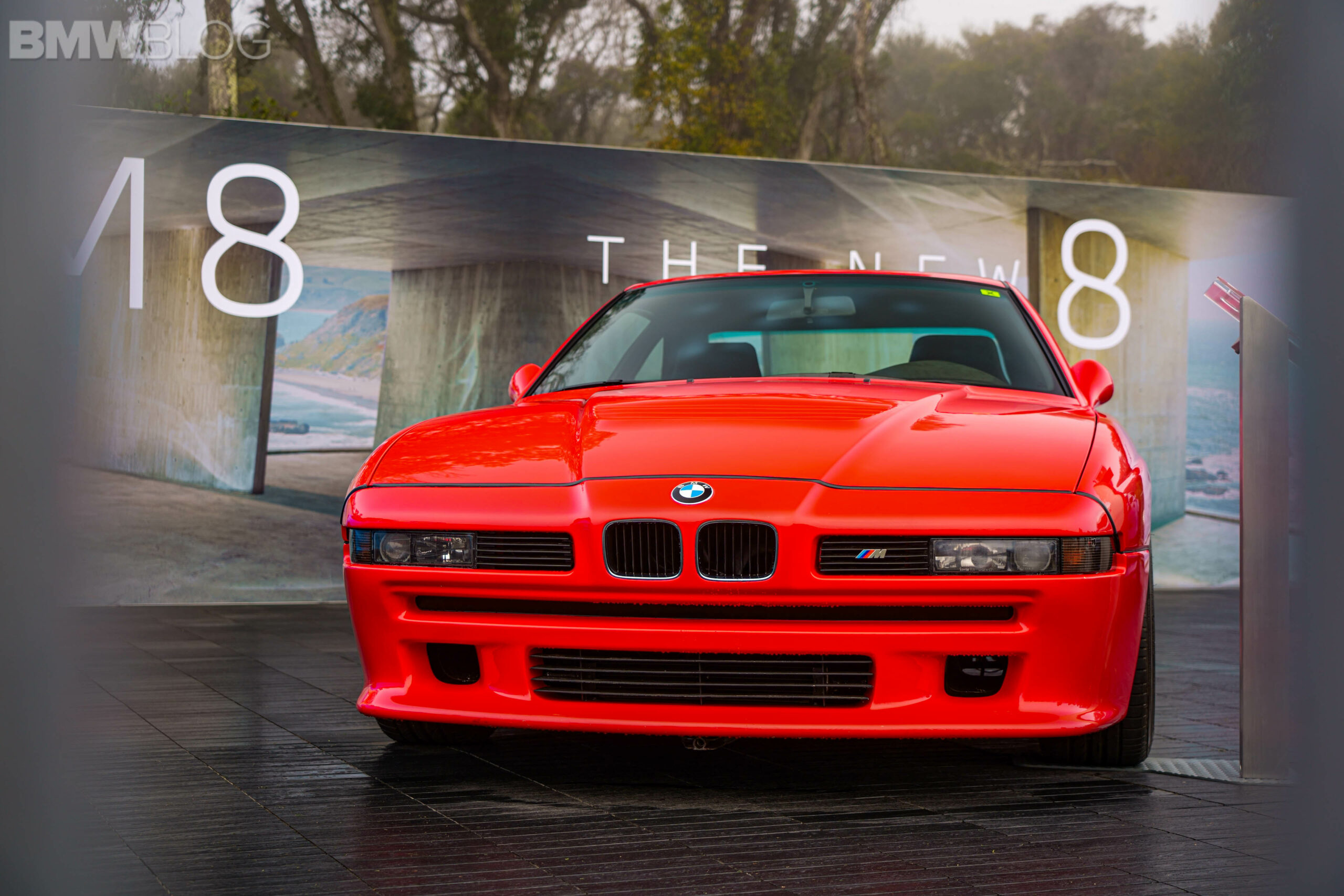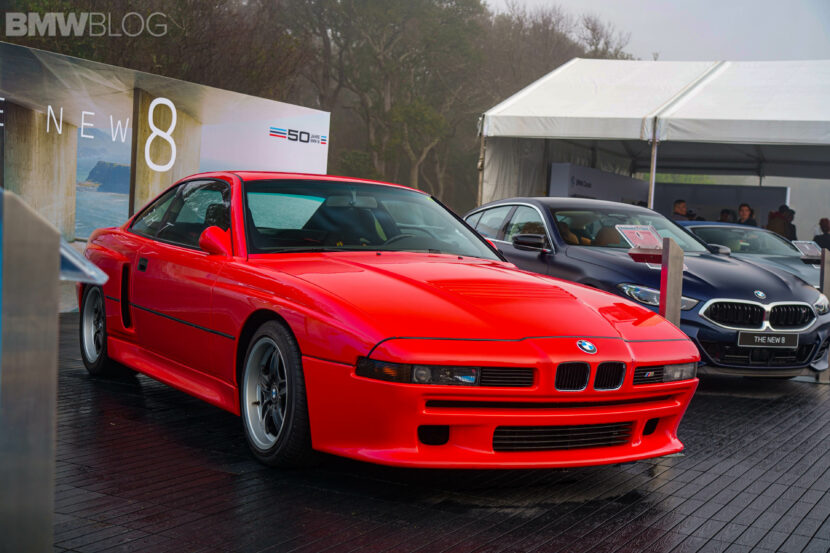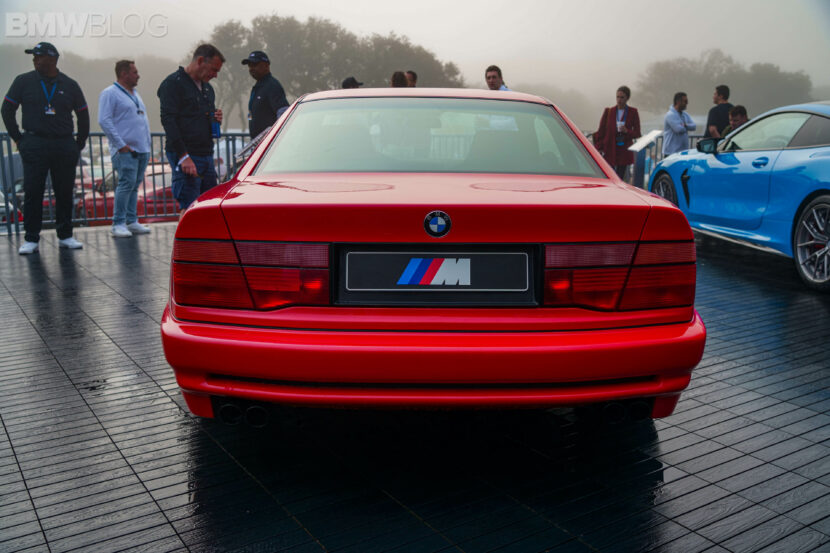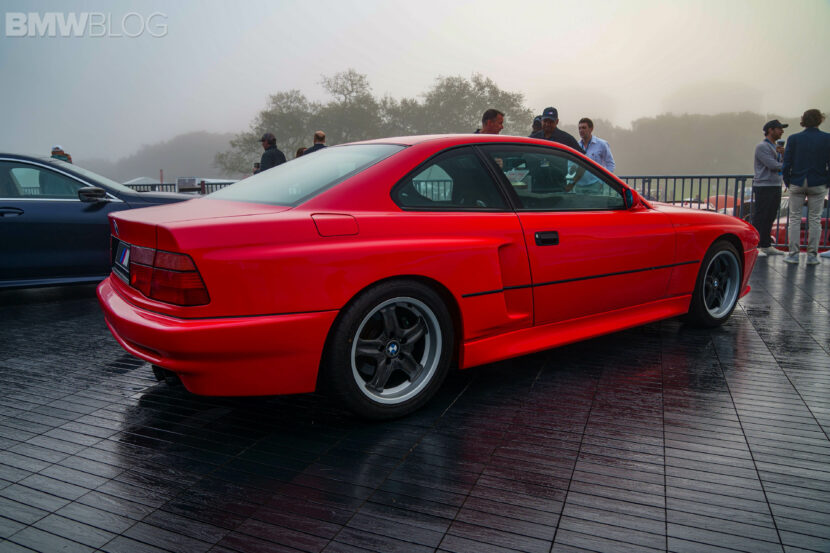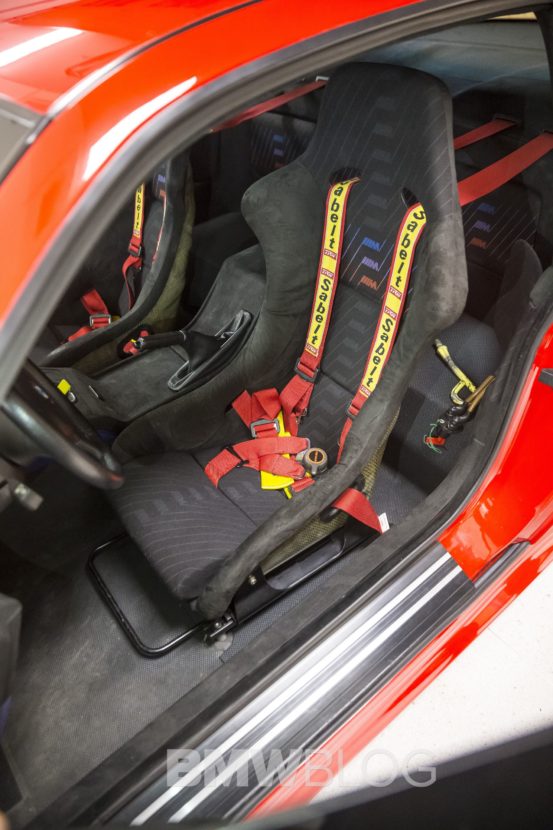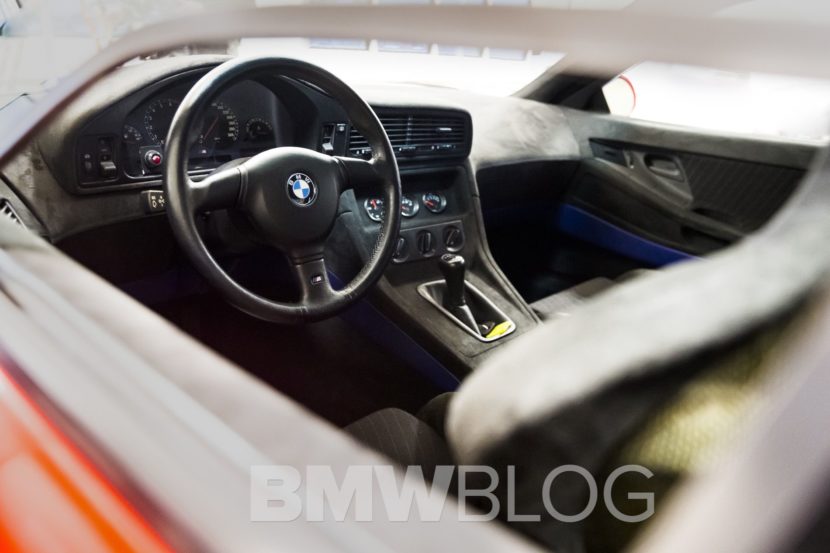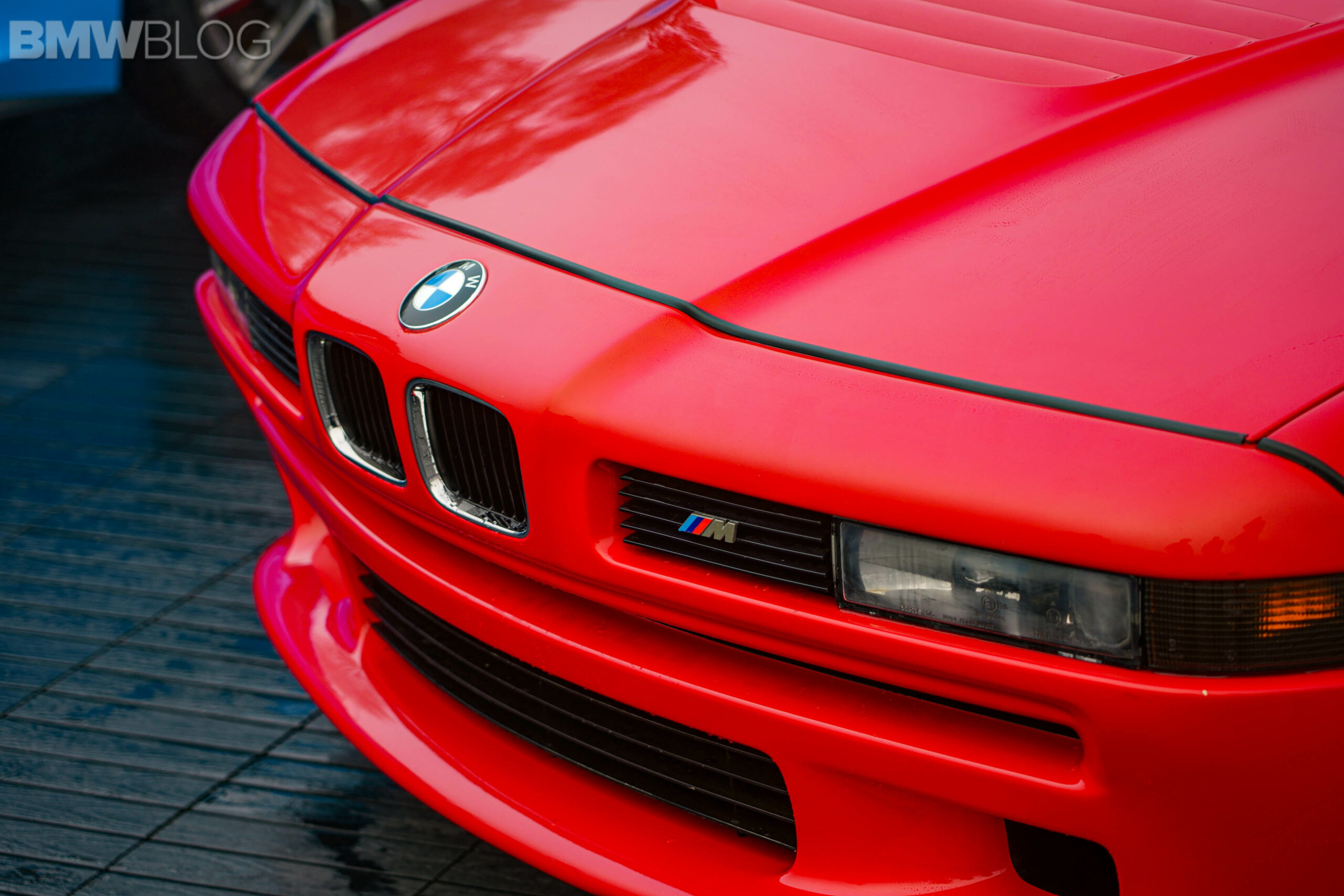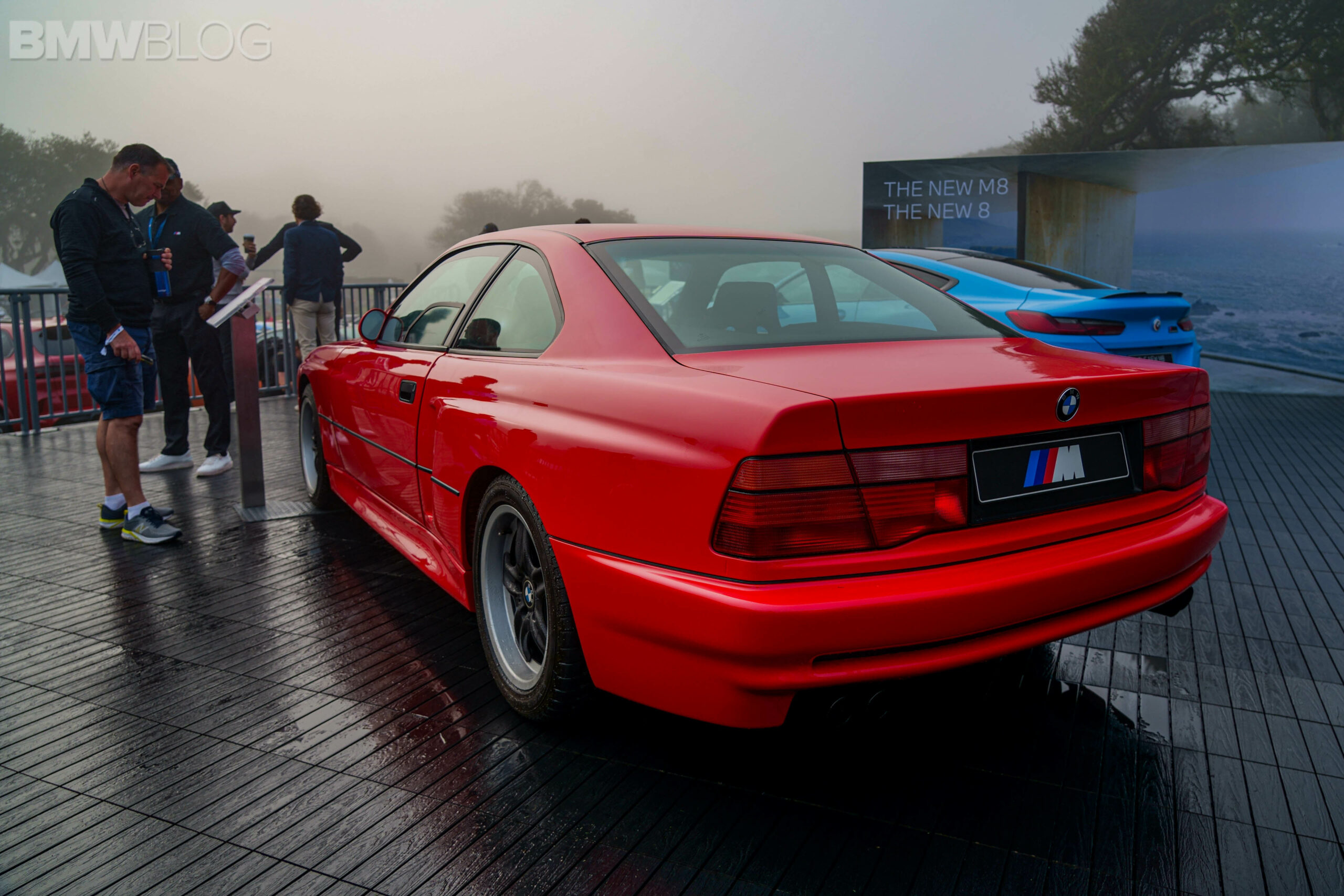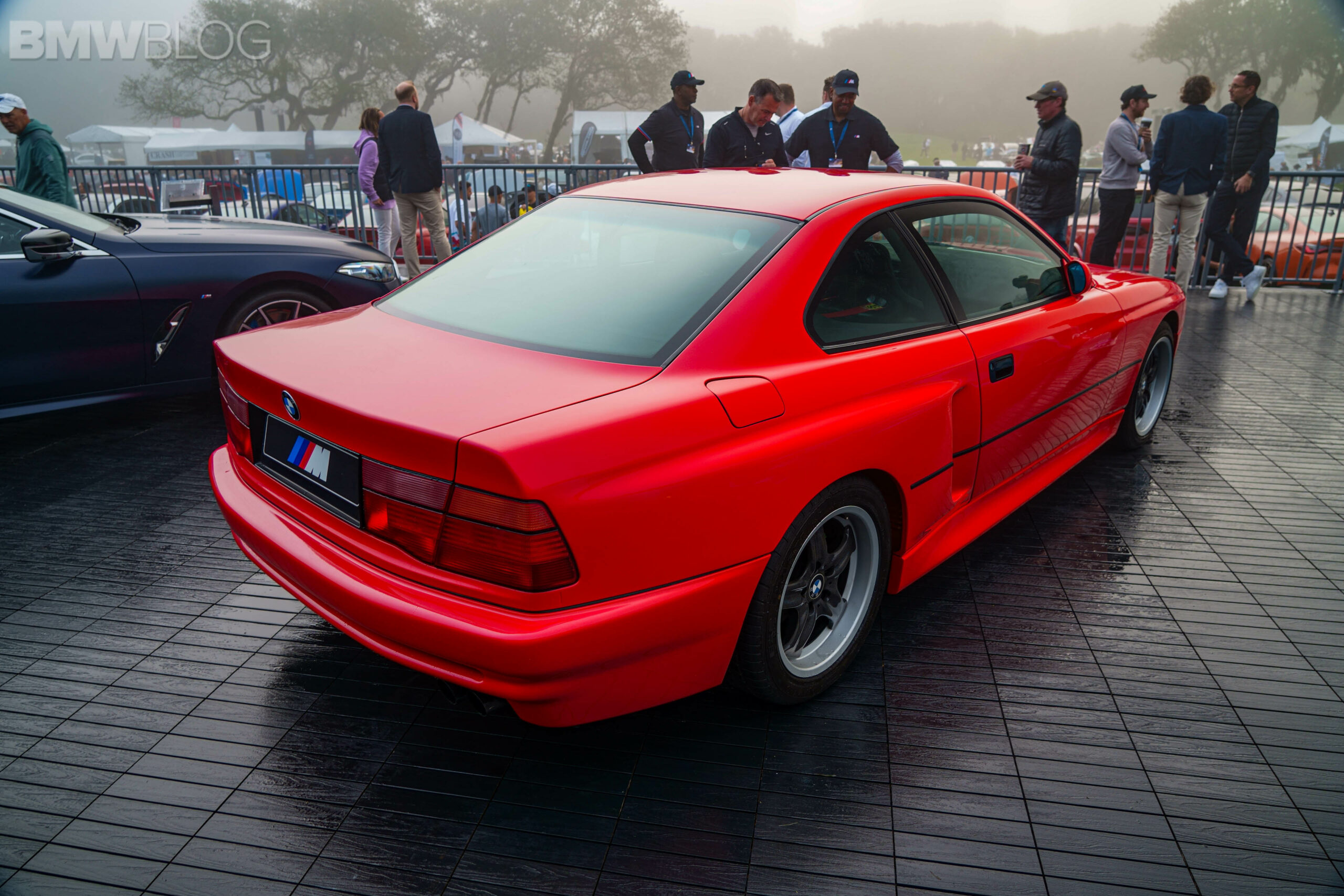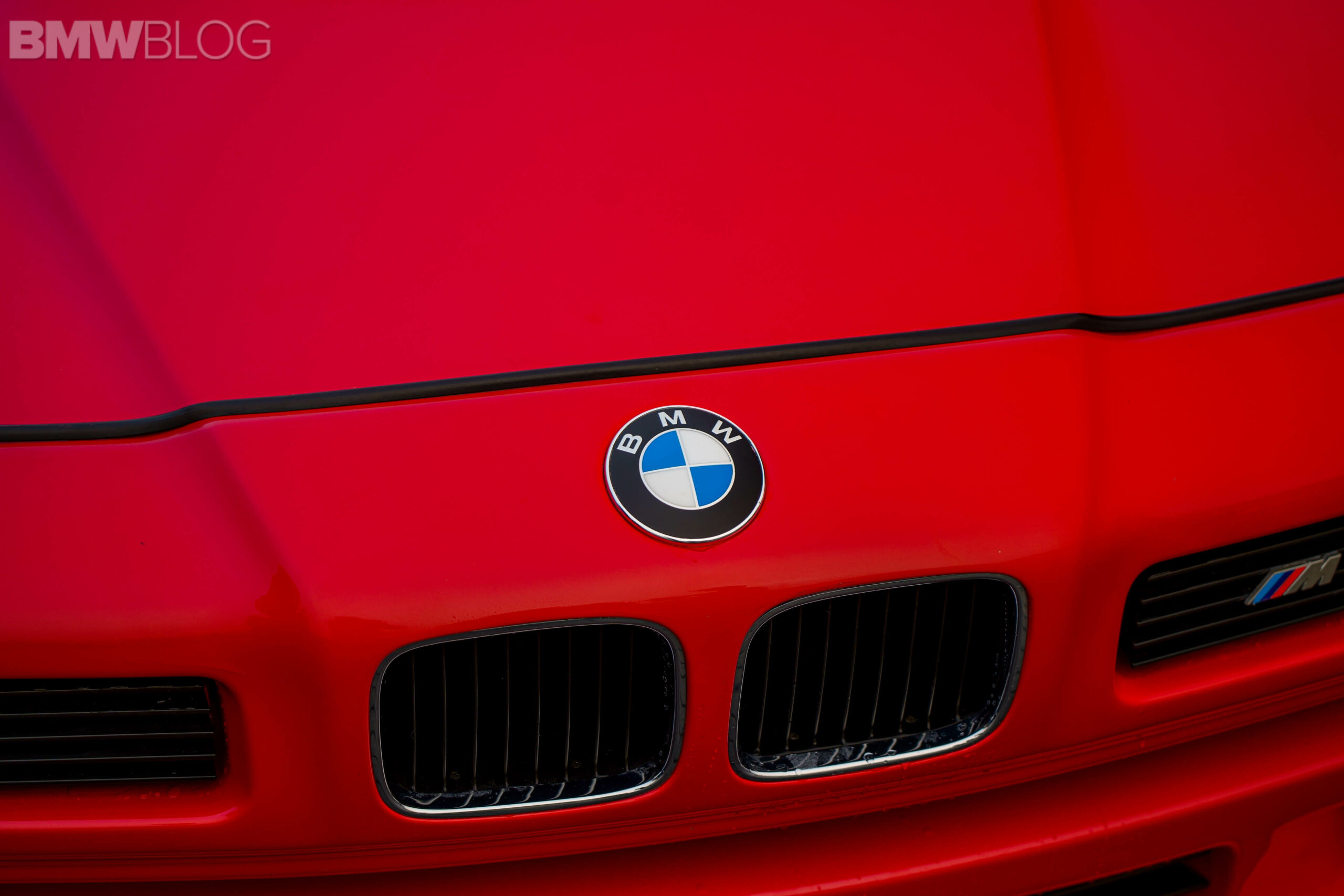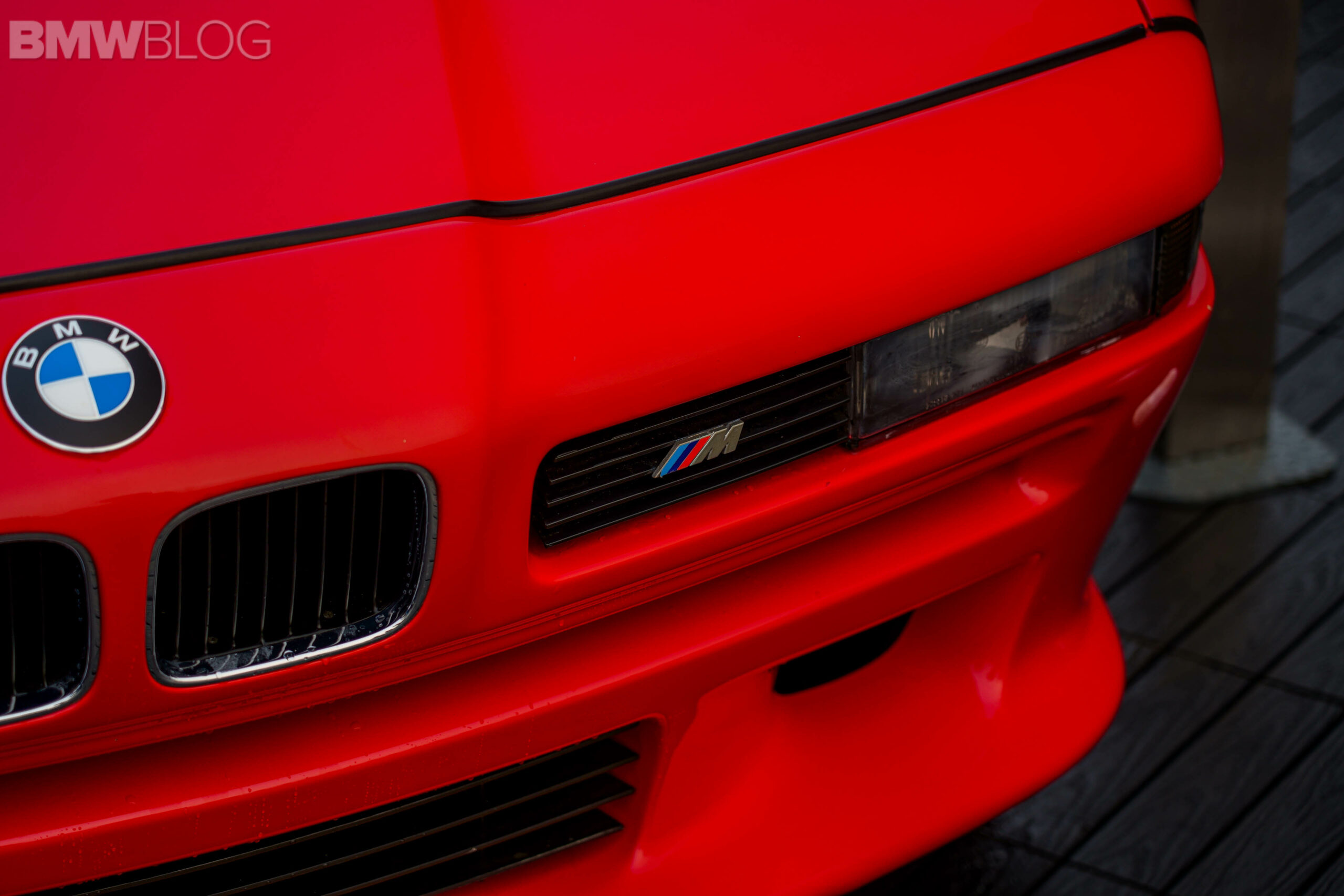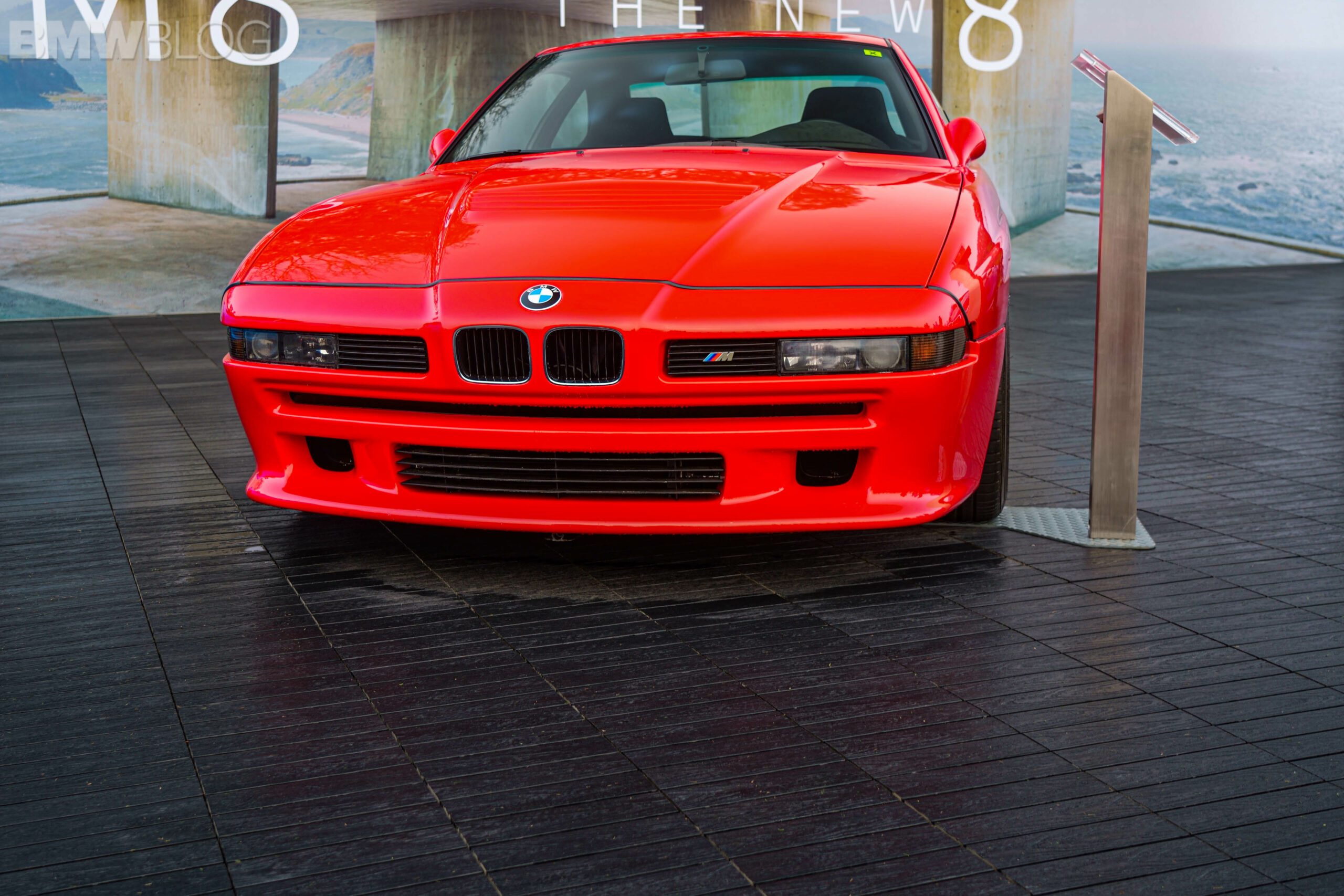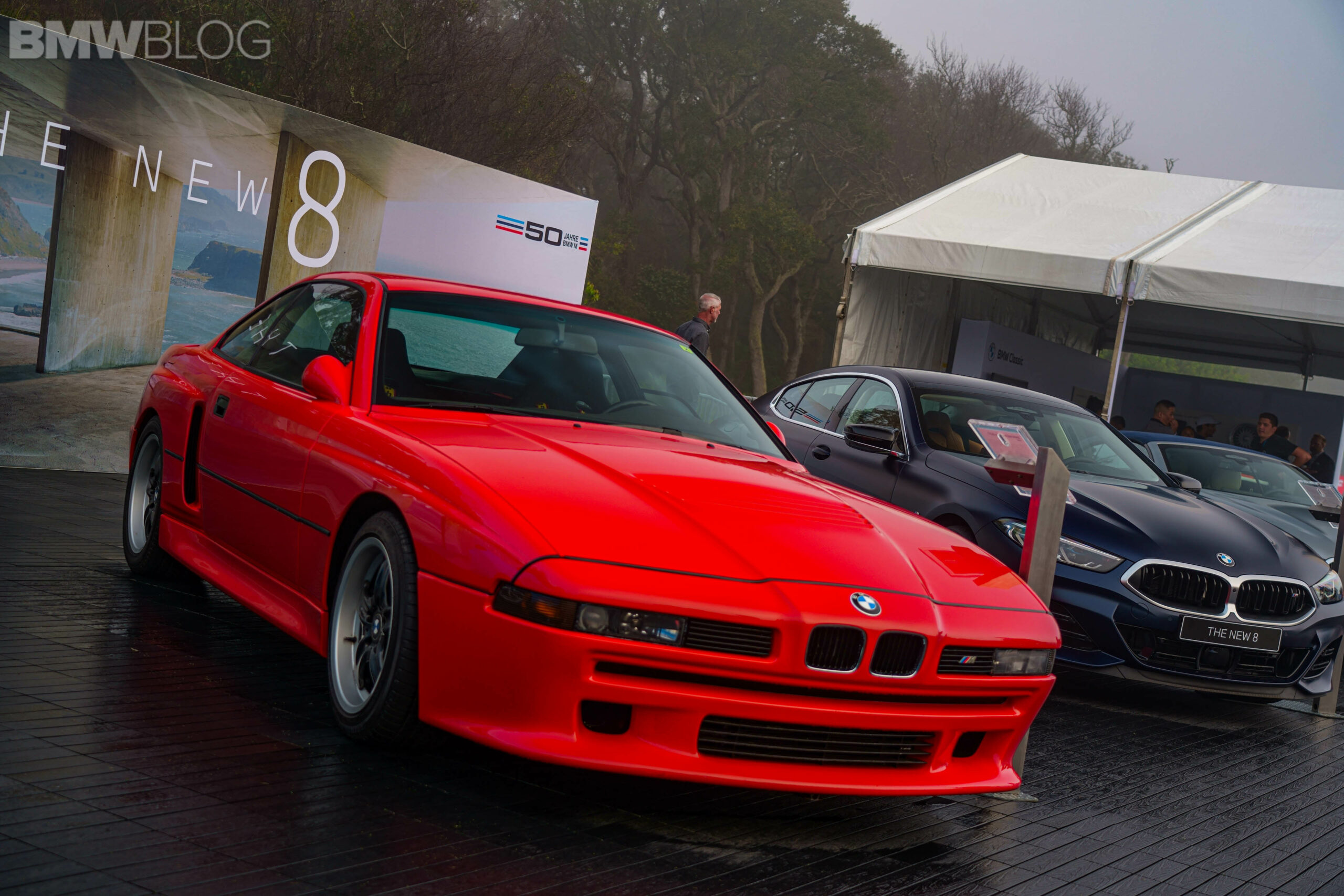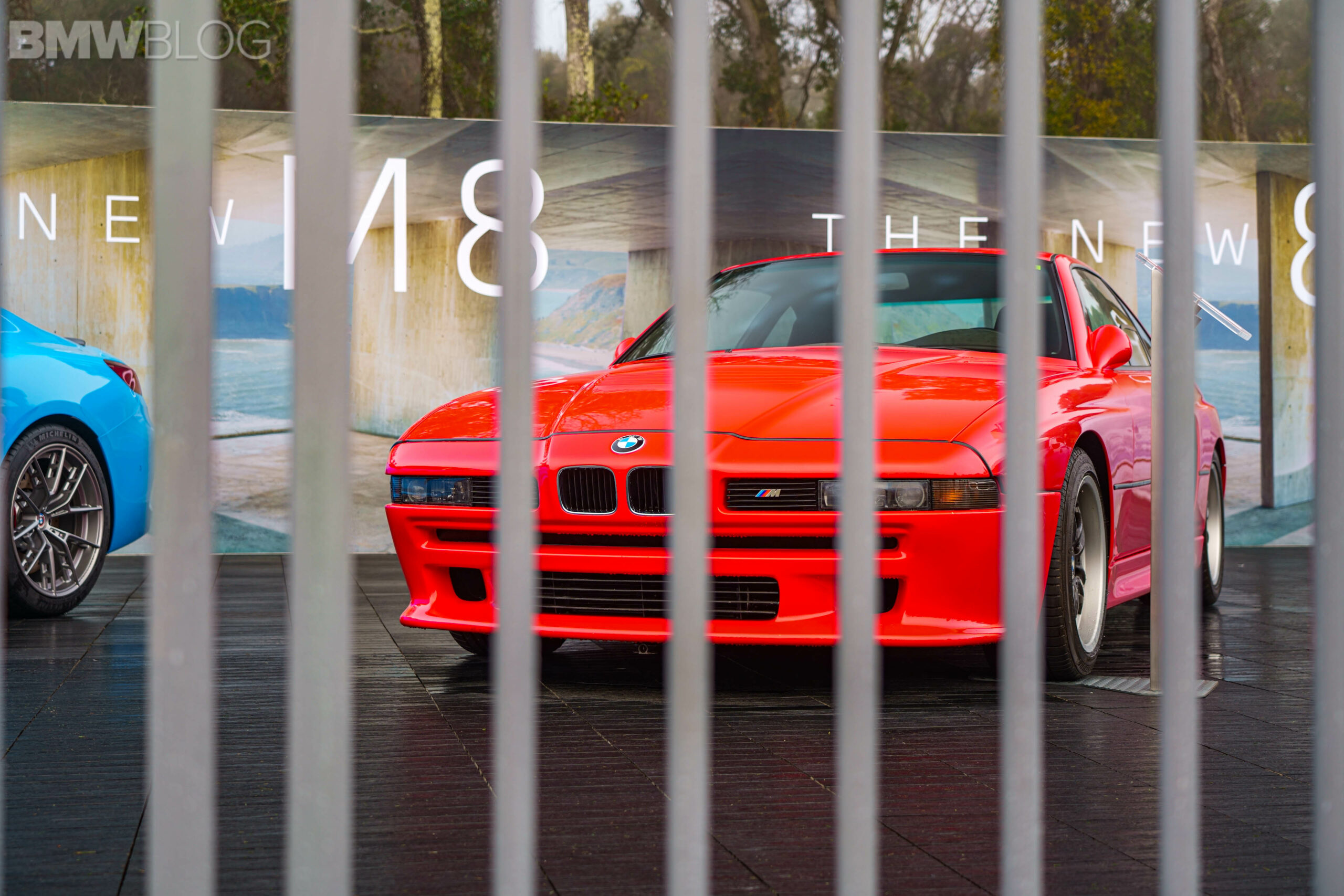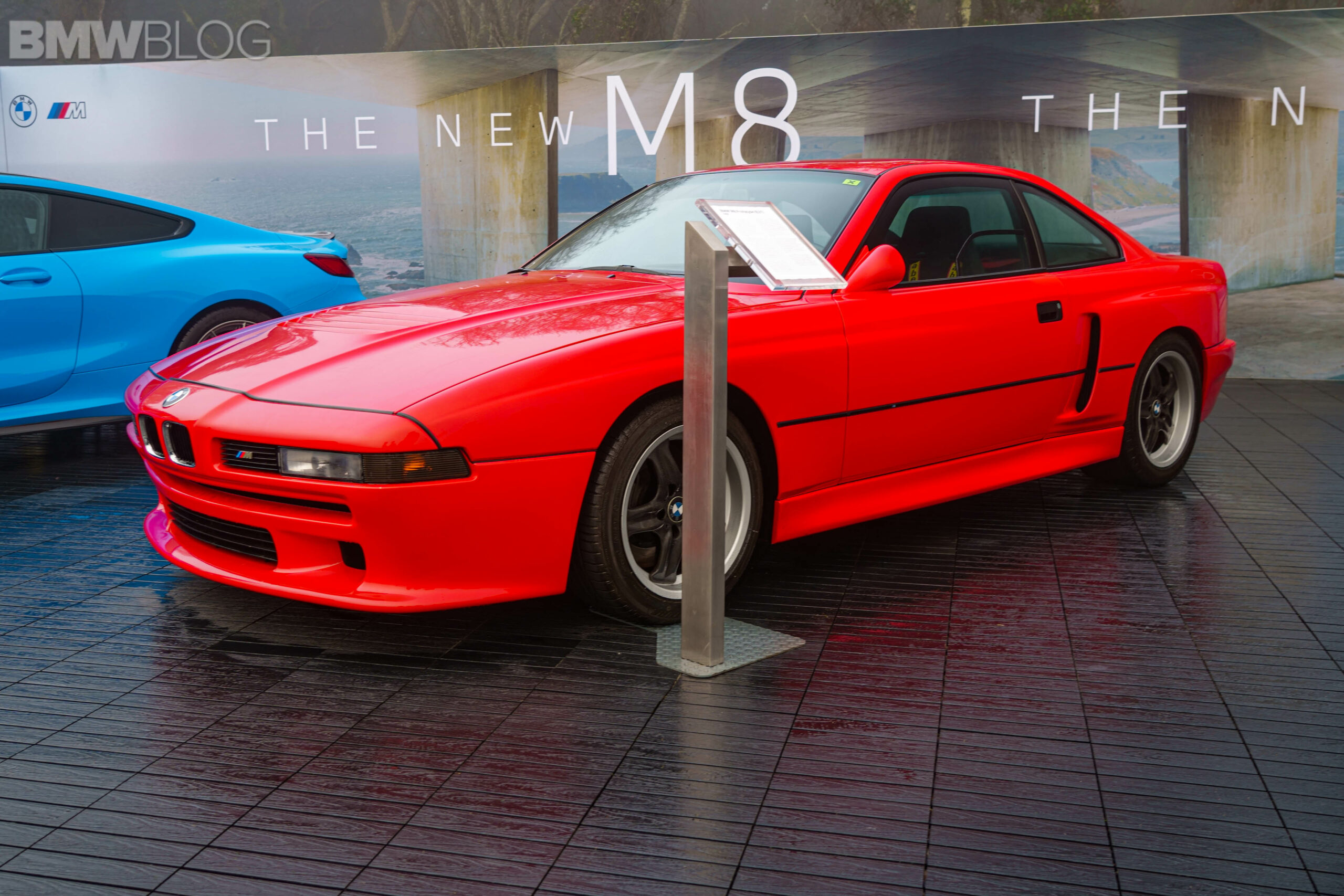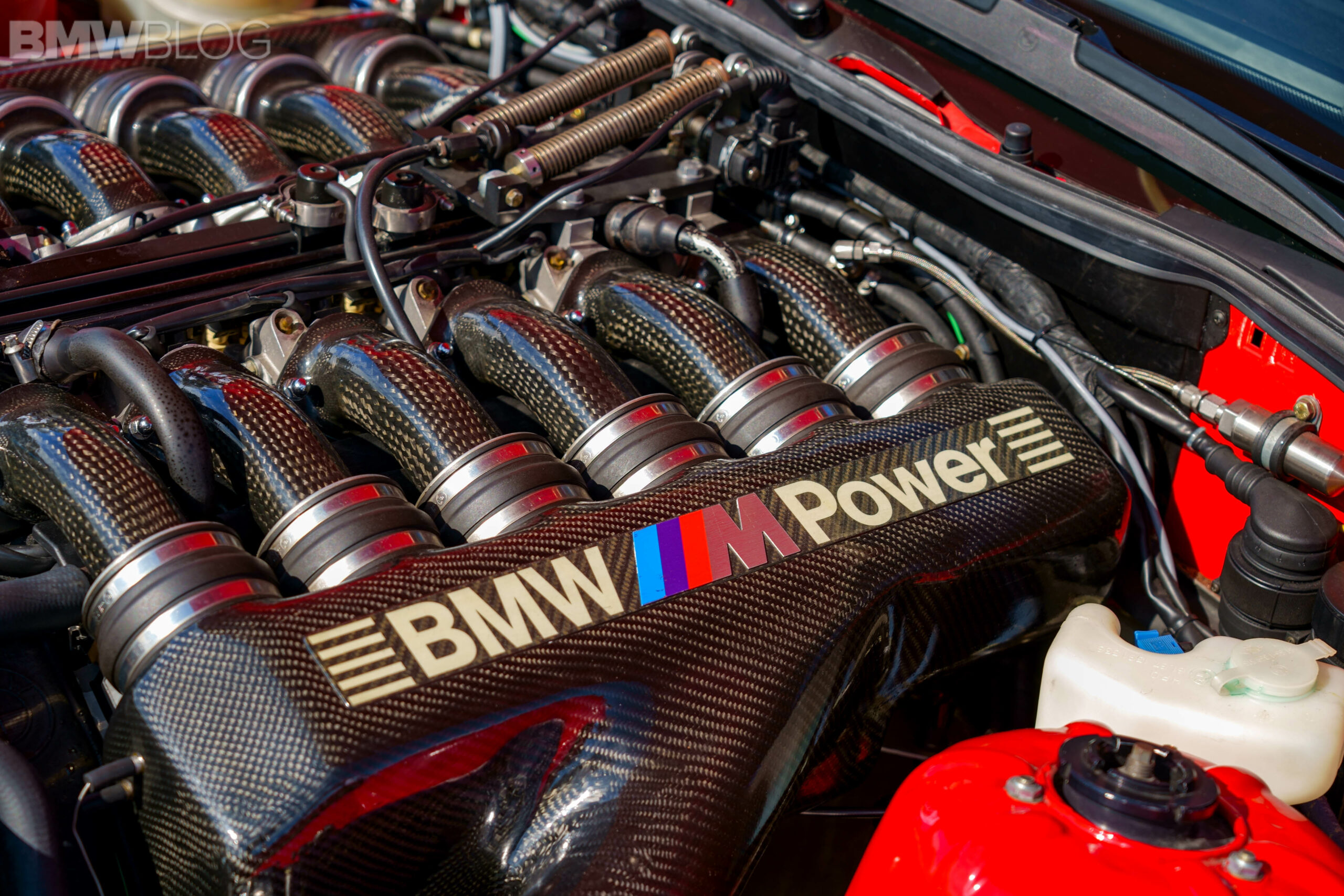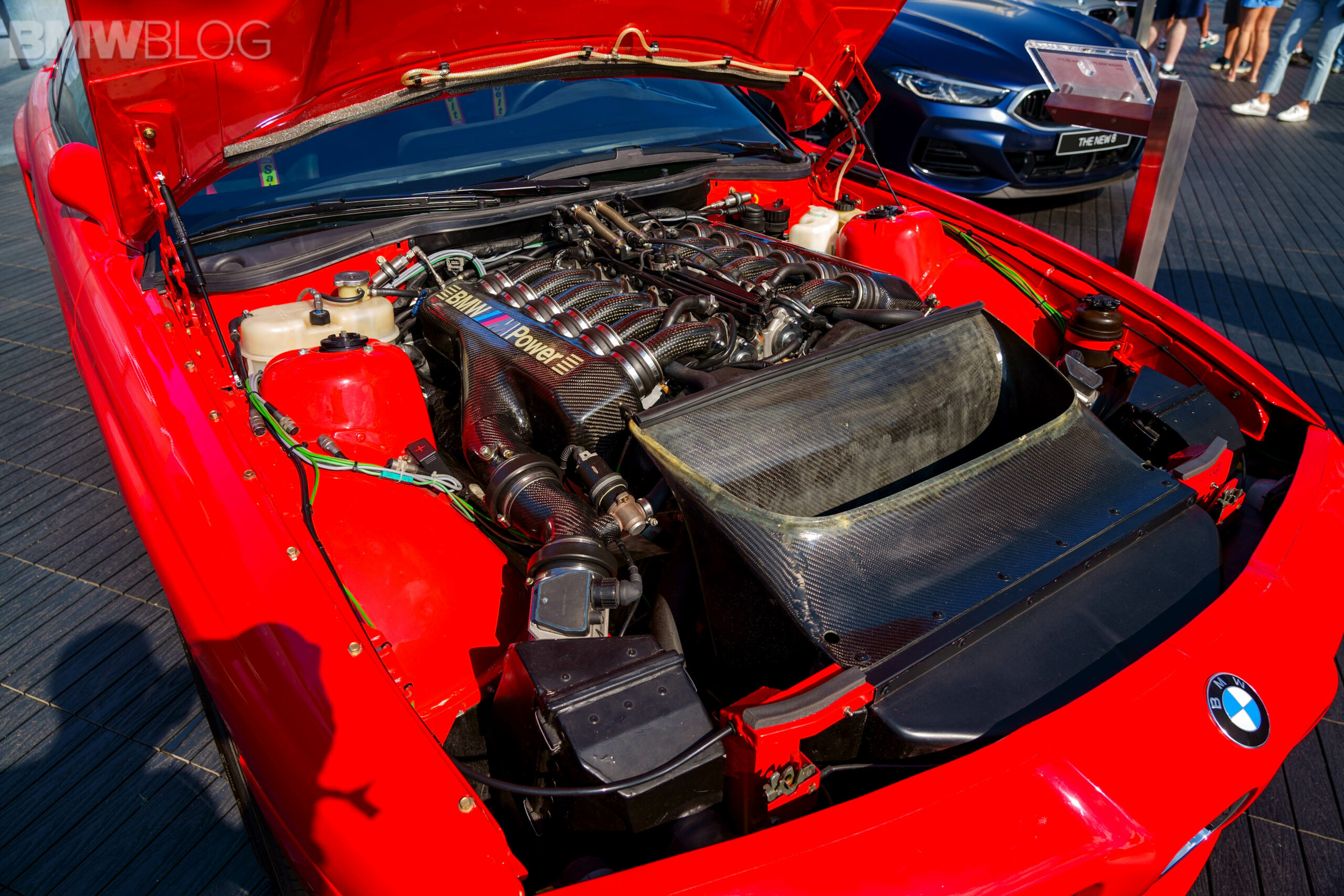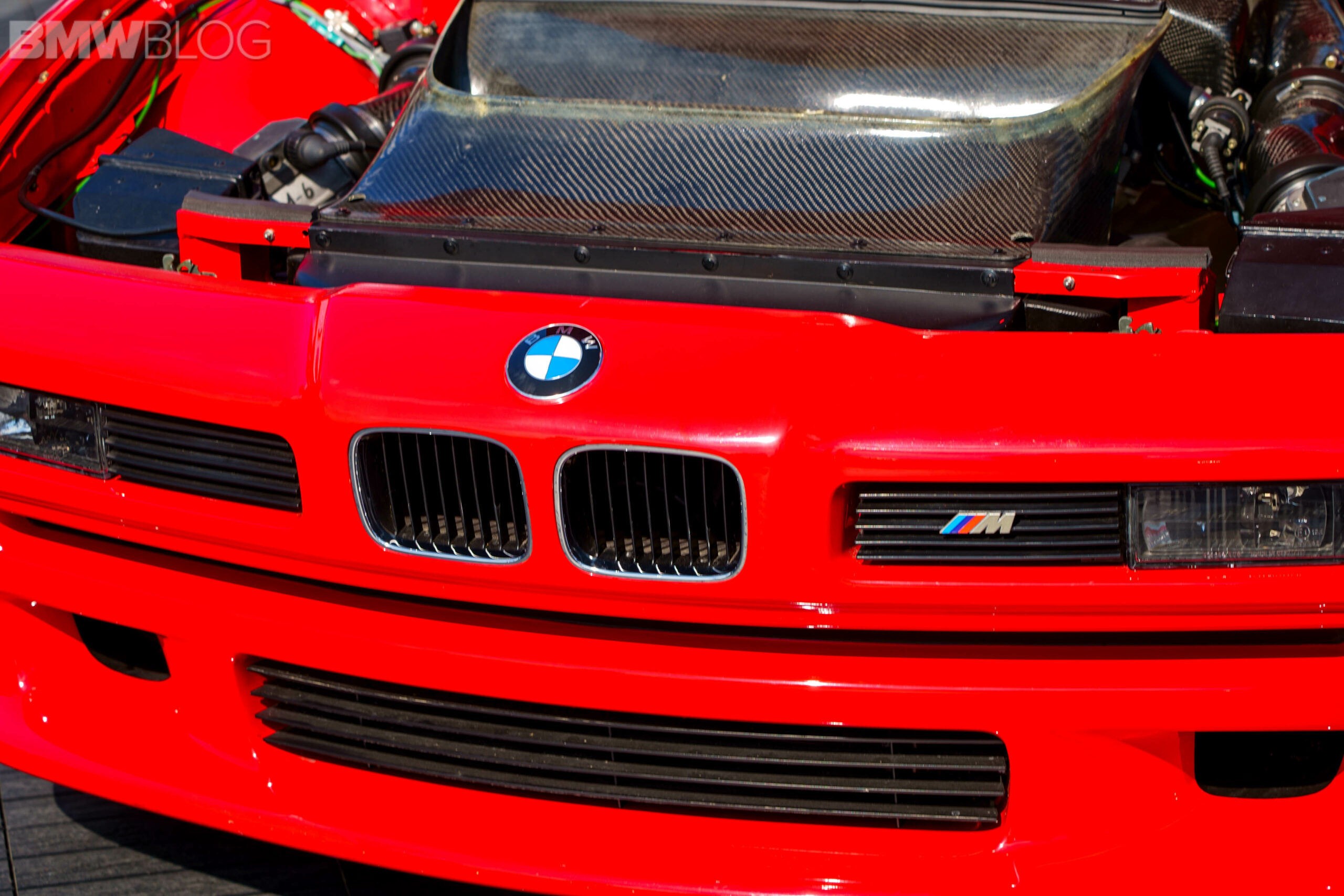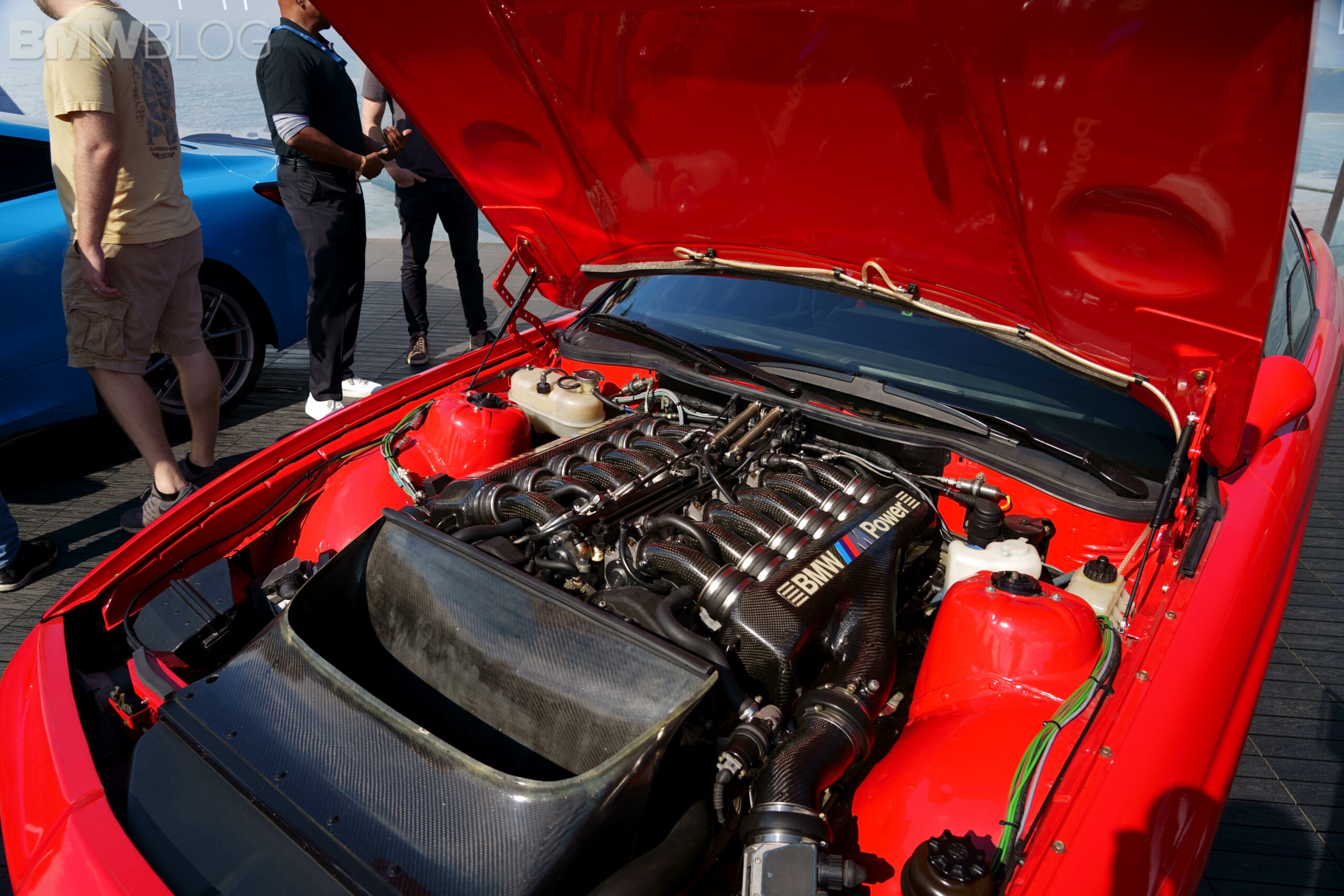The E31 BMW M8 Prototype is arguably one of most valuable concept cars in BMW’s portfolio. The one-off is not only a priceless prototype, but also one of BMW’s best engineering achievements. In 1990s, the legendary Paul Rosche developed a 6.1 liter, naturally-aspirated V12 engine, dubbed the S70. The mighty V12 packed 549 hp and 368 lb-ft of torque, with 90 percent of its torque being available at just 2,000, impressive for a naturally-aspirated engine.
640 Horsepower and 300 km/h
So this particular engine inspired the powerplant in the E31 BMW M8. Yet instead of the 549 horsepower, the E31 M8 received 640 horsepower and 650 Nm of torque from the 6.0 liter V12. Unbelievable numbers considering the prototype is over 30 years old. T0day, BMW’s most powerful production series vehicle – the M5 CS – only makes 627 horsepower.
Per our sources, the McLaren V12 (a modified S70) and the M8’s V12 were likely constructed by many of the same engineers hence a similar design and output but differed in areas such as overall length due to the horizontal intakes for a front engine layout if the 8 compared to the vertical intakes of a mid-engined car.
Paired with a 6-speed manual transmission, the E31 BMW M8 prototype is also quite fast. No official numbers were ever released, but BMW M says that it should be significantly faster than the 6.0 seconds quoted in the BMW 850CSi from 1992. Top speed you might ask? 300 km/h (198 mph).
Wide Hips And Lots Of Carbon Fiber
The prototype carries the same wide hips of the 850CSI with a widebody kit modified to accommodate better cooling of the brakes and it’s believed to also used to channel air as a means of cooling the rear differential. Wedged underneath the flared wheel arches are 17 inch M Systems wheels with a carbon fiber overlay.
Weight savings in sports cars is very commonplace these days but in the early 1990s, only cars like the Ferrari F40 or F50 or even Porsche 959 extensively used weight savings materials throughout the body to maximize performance. Specific body panels such as the doors, arches, and ducts are constructed from carbon fiber reinforced-polymer(CFRP) which are lighter than the standard components on the E31.
Additionally, the Prototype carries lightweight Plexiglas window frames which, per BMW, bear heavily resemblance to the current E92 M3 GT’s same window frames. BMW even made the hood, with a large intake front-and-center of the engine bay out of CFRP. They even went to the trouble of installing specialized headlamps, lighter than the stock E31 headlamps, with revised functions to let the flash-to-pass headlamps act as the primary lighting.
A Unique Interior
Moving to the interior of the E31 M8 there a several notable changes over the standard E31. The biggest divergence is the addition of the B pillar on the M8 Prototype – something noticeably absent from the cleaner lines of the other 8 Series’ cars. As would be expected, the B pillar (along with framed doors) was a necessary addition as a means of injecting further rigidity into the big coupe to combat the natural trend of a coupe’s body to flex under heavy load.
Other interior upgrades include heavily bolstered seating to keep occupants in place as well as reduce weight through racing seats. BMW went as far as to outfit the entire cabin in suede to keep interior grip levels high. Some of the instrument cluster was modified with two VDO-manufactured pressure gauges along with a manual climate adjustments panel added to the dash. BMW also outfitted the interior with heavy-duty set of seat belts/harnesses.
So it’s easy to see why the E31 M8 was possibly the great M car never sold. An interesting tidbit: BMWBLOG was the first publication to ever publish any photos of the BMW E31 M8. And that was back in 2010.


